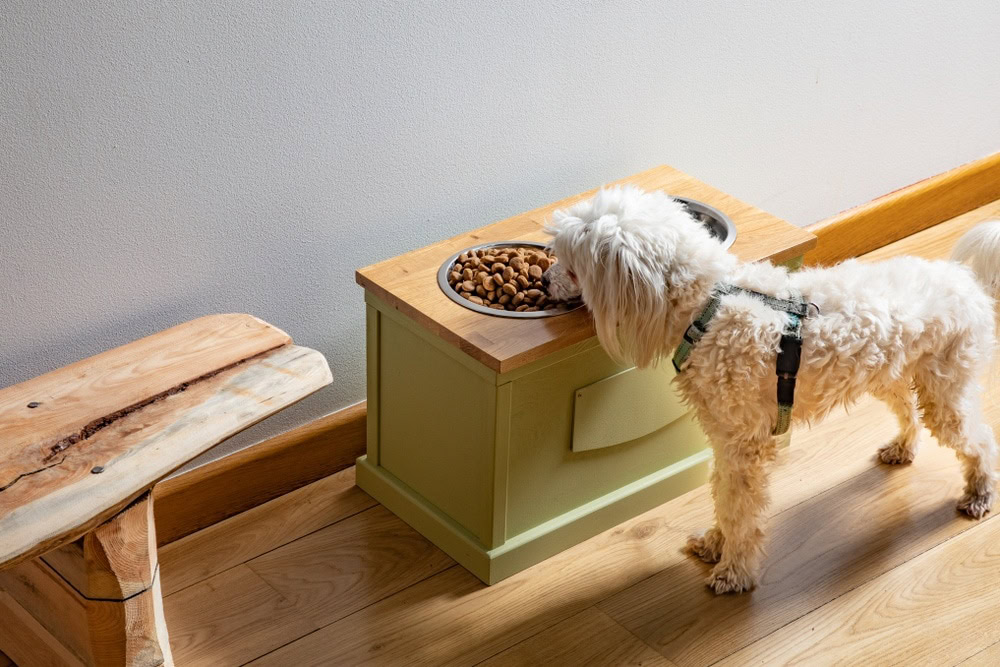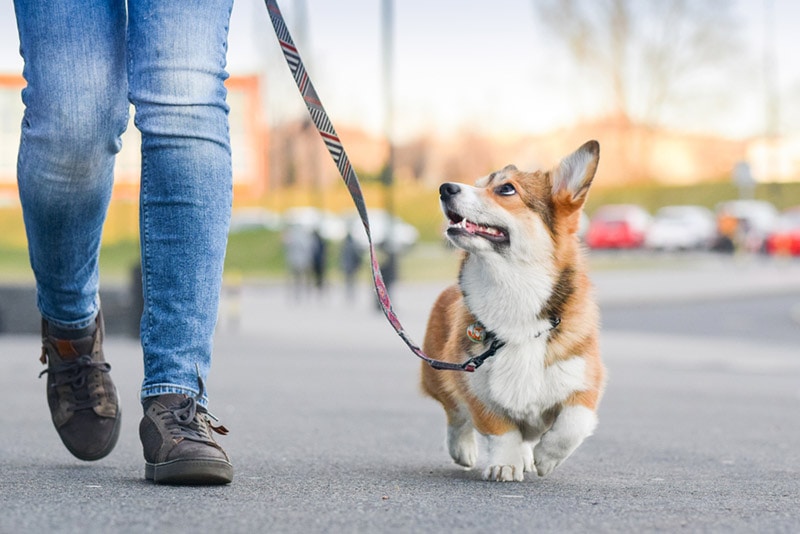Heating Pad for Dogs with Arthritis – Vet Reviewed Benefits
By Cheryl Regan
Updated on

For pet parents whose loyal companion is suffering from pain, offering comfort and help becomes a top priority. Arthritic pain can be debilitating for dogs, and colder weather only aggravates the symptoms. Keeping your dog warm by using heating pads and by keeping their bed away from draughty areas can help to ease some of the discomfort.
In this article, we’ll talk about how heating pads can help to relieve arthritis pain and share some vet-approved tips on keeping your dog with arthritis safe and healthy.
How Heating Pads Help Relieve Arthritis Pain in Dogs
Heat helps blood vessels to expand, thus aiding in blood circulation and oxygen flow to the areas that need it. Soft tissues and muscles can become sore and stiff in dogs with arthritis.
Warmth will help these soft tissues to become more pliable, which in turn helps the dog’s joints become more flexible. It can be especially helpful to warm up your dog’s joints and muscles before an activity, or when they’ve spent a long period of time in the same position—for example, when they’ve been sleeping all night. Warmth also stimulates nerve receptors in the skin and reduces pain signals to the brain.
Heating pads are not a cure for arthritis, nor should they be used on their own as a form of treatment. But when used safely, and combined with other therapy and medication, they can help to loosen stiff joints and relieve muscle aches.
Will Heating Pads Reduce Inflammation?

If your dog has sudden inflammation to their joints and they are hot or swollen, then heat pads should not be used. Heat pads have the opposite effect of ice packs in that they encourage blood vessels to widen, thereby worsening inflammation.
If you believe your dog’s joints are inflamed, speak to a veterinarian. One option that could be offered is nonsteroidal anti-inflammatory drugs (NSAIDs). NSAIDs are often used to help control joint pain and inflammation.
What Can Help My Dog with Arthritis?
From adapting your home to improving their diet, there are various things you can do to help manage your dog’s arthritis.
Supplements
Speak to your veterinarian about adding joint supplements to your dog’s diet. The supplement that has the most evidence that it helps mobility and pain is Omega 3 fatty acids from marine-based sources. Supplements often also contain ingredients such as Glucosamine and Chondroitin.
Healthy Weight

If your dog is overweight, this can put additional pressure on their already damaged joints, causing them more pain and even speeding up the deterioration of arthritis. Talk to your veterinarian about implementing a diet and exercise plan to help your dog reach their optimum weight.
Adapt Your Home
Making small changes around your home could make a huge difference to your dog’s quality of life.
Non-slip Rugs
If you have any hard floor surfaces in your home, consider laying down some non-slip rugs or runners. This will make it easier for your dog to navigate around the house without worrying about slippery surfaces.
Raised Feeding Bowls
Raising your dog’s feeding bowls will help to relieve some of the pressure from their neck when they are eating. Raise the feeding bowls to a point that allows less neck flexion.
Ramps
If you have steps around your house, consider placing down a small ramp to help your dog’s mobility and overall comfort. You could even use a ramp for them to get into and out of the car.
Stairs
Using a pet gate, block off the stairways to prevent your dog from trying to climb up or down without your supervision.
Break Long Walks into Multiple Sessions

Instead of taking your dog on one or two long walks, consider breaking the walks into multiple shorter ones to avoid prolonged exercise. Speak to your vet about the best exercise routine for your breed.
Final Thoughts
Just as heating pads can help humans get pain relief from arthritis, it helps with canine arthritis too. Remember to place a towel or blanket between the heating pad and your dog, and always provide your dog with an area that isn’t heated, so that they can move away easily if it gets too warm for them.
Speak to your veterinarian about possible options for physical therapies to help manage your dog’s arthritis. These include physiotherapy, hydrotherapy, laser therapy, osteopathy, and more.
Finally, remember to be kind to them and to yourself too. Your dog will appreciate everything you’re doing to help them, but your affection still means a lot. Don’t forget to spend a few minutes each day to shower your pet with love and give them some verbal reassurance.
Featured Image Credit: Masarik, Shutterstock













